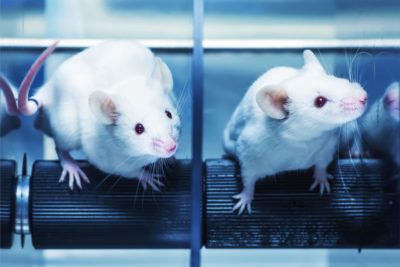Will animal testing soon become a thing of the past? This is continued from part one.

Three major factors have contributed to progress so far:
- Astonishing advances in science and technology, which have provided a wealth of invaluable tools to study human biology
- Economic pressure from the pharmaceutical industry, which is finding it increasingly difficult to develop safe and effective medicines and needs more predictive tools to do so
- Public pressure, mainly from the considerable proportion of the population who are deeply uneasy about the use of animals in this way.
Replacement of animal tests by superior methods has been frustratingly slow so far, despite many years of public pressure. At this critical moment, public pressure must be targeted where it will be most effective: at animal testing’s Achilles heel. In my opinion, this is undoubtedly its inability to predict the safety of medicines for patients. This failing is a major reason why adverse drug reactions are now one of the world’s leading causes of death, killing hundreds of thousands of people every year and hospitalising millions.
Most people have some awareness of the suffering of laboratory animals, with many opposing animal testing for this reason. But there is far less public awareness of the devastating impact of adverse drug reactions and the part that animal testing plays, through its poor performance in its role of preventing them. This is where I believe all efforts should be focused, in raising awareness of this alarming issue and demanding a transition away from animal testing for the sake of patients, which ultimately includes all of us.
Not only would this greatly broaden support, it would also correct the unfortunate perception that opponents of animal testing do not care about people or medical progress, and are “anti-science”. In fact, the most profound challenges to animal testing are coming from people who care passionately about science and humanity, many of them from within the scientific community.
Read part three here.








